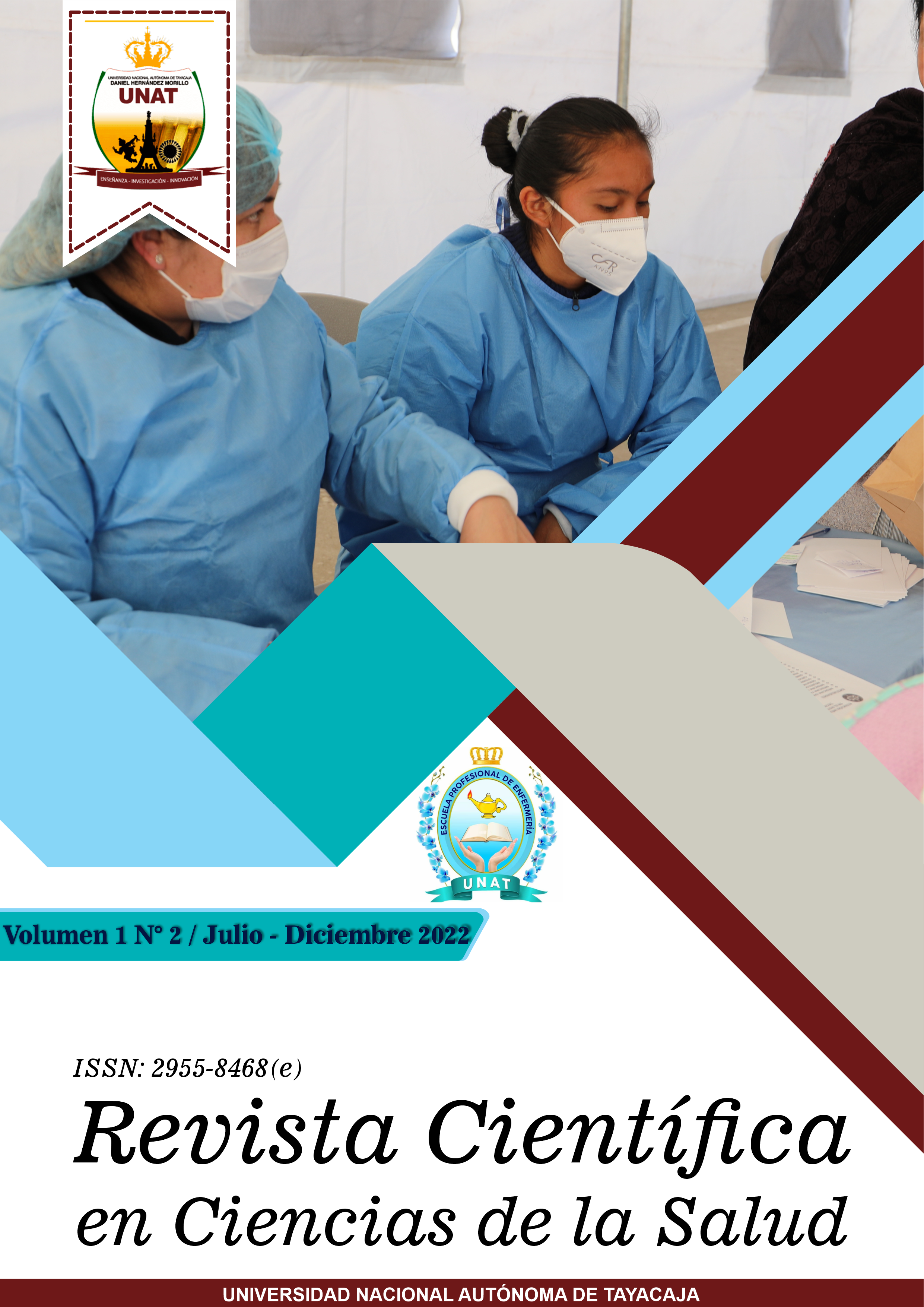¿ EL TERCER MOLAR TIENE INCIDENCIA EN LA MAGNITUD DEL APIÑAMIENTO ANTEROINFERIOR?
Main Article Content
Abstract
Objectives: To determine the relationship that could exist beteen anterior crowding and the presence of third molars. Methods: This is a cross-sectional research study. The sample consisted of study models and panoramic radiographs of patients treated in the postgraduate course in orthodontics and dental x-ray help centers in the city of Cartagena in the period between January 2011 and March 2014. We selected 365 models and panoramic radiographs of patients with complete permanent dentition, with ages ranging from 12 to 40 years, a good periodontal health, with presence or absence of bilateral lower third molars, oval shaped dental arch, models and radiographs in good shape, recently taken and mixed facial type with malocclusion class I evaluating the existing tooth bone discrepancy. Descriptive analysis was performed through frequency distribution and proportions for qualitative variables. The adjacent category ordinal logistic regression analysis was used to find relationships between different crowding categories. Results: There was no evidence of an existing relationship between anterior crowding and the presence of third molars. At the same time, it was observed that age and genre are independent of the magnitude of crowding. Also, the relationship between the position of the third molars and anterior crowding is not dependent either. Conclusions: The crowding does not depend on the presence or absence of the third molars, neither does it depend on the position of those.
Article Details

This work is licensed under a Creative Commons Attribution-NonCommercial 4.0 International License.
References
Canut JA. Ortodoncia Clinica y Terapeutica. 2nd ed. Barcelona: Masson; 2009.
Alvarez A. Apiñamiento Antero-Inferior Durante El Desarrollo del Arco Dental con Presencia de Terceros molares. Estudio Longitudinal en Niños entre los 6 y los 15 Años. CES-Odontología. 2006; 19(1): p. 25-32.
Mockers O. Dental crowding in a prehistoric population. Eur J Orthod. 2004 April; 26(2): p. 151-156.
Uribe G. Ortodoncia, teoría y clínica. 2nd ed.: CIB; 2004.
Richardson M. The etiology of late lower arch crowding alternative to mesially directed forces. A review. 1994; 105(6): p. 592-597.
Chen L. Longitudinal changes in mandibular arch posterior space in adolescents with normal occlusion. Am J Orthod Dentofacial Orthop. 2010 Feb; 137(2): p. 187-193.
Legović M. Correlation between the pattern of facial growth and the position of the mandibular third molar. J Oral Maxillofac Surg. 2008 Jun; 66(6): p. 1218-1224.
Hassan A. Mandibular cephalometric characteristics of a Saudi sample of patients having impacted third molars. Saudi Dent J. 2011 Apr; 23(3): p. 73-80.
Beeman C. Third molar management: a case for routine removal in adolescent and young adult orthodontic patients. J Oral Maxillofac Surg. 1999 Jul; 7(57): p. 824-830.
Richardson M. Changes in lower third molar position in the young adult. Am J Orthod Dentofacial Orthop. 1992 Oct; 102(4): p. 320-327.
Lee J, Dodson T. The effect of mandibular third molar presence and position on the risk of an angle fracture. J Oral Maxillofac Surg. 2000 Apr; 58(4): p. 394-398.
Phillips C, White R. How Predictable Is the Position of Third Molars Over Time? J Oral Maxillofac Surg. 2012 Sep; 70(9): p. 11-14.
Freudlsperger C, Deiss T, Bodem J, Engel MHJ. Influence of lower third molar anatomic position on postoperative inflammatory complications. J Oral Maxillofac Surg. 2012 Jun; 70(6): p. 1280-1285.
Landi L, Manicone P, Piccinelli S, Raia A, Raia R. Staged removal of horizontally impacted third molars to reduce risk of inferior alveolar nerve injury. J Oral Maxillofac Surg. 2010 Feb; 68(2): p. 442-446.
Salehi P, Danaie S. Lower third molar eruption after orthodontic treatment. East Mediterr Health J. 2008 Nov; 14(6): p. 1452-1458.
Sidlauskas A, Trakiniene G. Effect of the lower third molars on the lower dental arch crowding. Stomatologija. 2006; 8(3): p. 80-84.
Almendros , M , Berini A, Gay E. Evaluation of intraexaminer and interexaminer agreement on classifying lower third molars according to the systems of Pell and Gregory and of Winter. J Oral Maxillofac Surg. 2008 May; 66(5): p. 893-899.
Padhye M, Dabir A, Girotra C, Pandhi V. Pattern of mandibular third molar impaction in the Indian population: a retrospective clinico-radiographic survey. Oral Surg Oral Med Oral Pathol Oral Radiol. 2013 Sep; 116(3): p. 161-166.
Akarslan Z, Kocabay C. As19sessment of the associated symptoms, pathologies, positions and angulations of bilateral occurring mandibular third molars: Is there any similarity? Oral Surg Oral Med Oral Pathol Oral Radiol Endod. 2009 Sep; 108(3): p. 26-32.
Behbehani F, Artun J, Thalib L. Prediction of mandibular third-molar impaction in adolescent orthodontic patients. Am J Orthod Dentofacial Orthop. 2006 Jul; 130(1): p. 47-55.
Hattab F. Positional changes and eruption of impacted mandibular third molars in young
adults. A radiographic 4-year follow-up study. Oral Surg Oral Med Oral Pathol Oral Radiol Endod. 1997 Dec; 84(6): p. 604-608.
Gavazzi M, De Angelis D, Blasi S, Pesce P, Lanteri V. Third molars and dental crowding: different opinions of orthodontists and oral surgeons among Italian practitioners. Prog Orthod. 2014 Nov.




